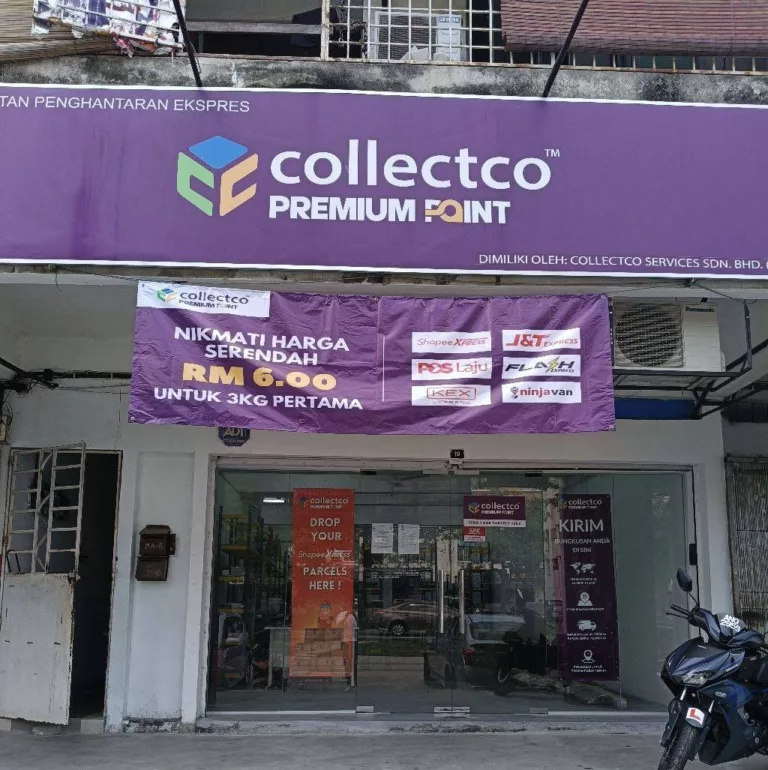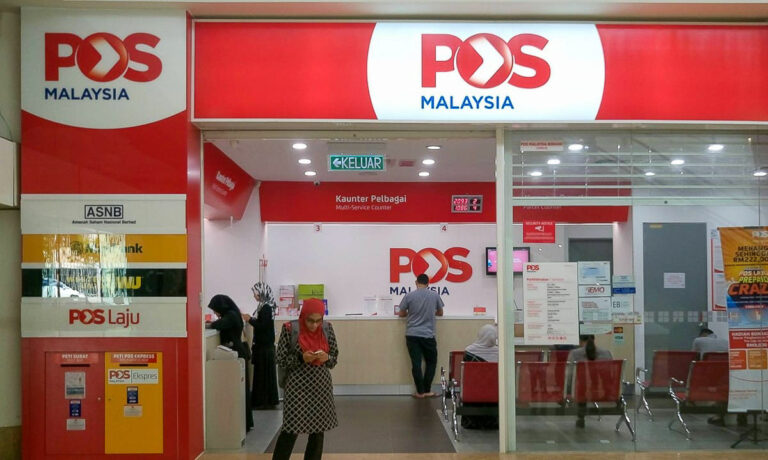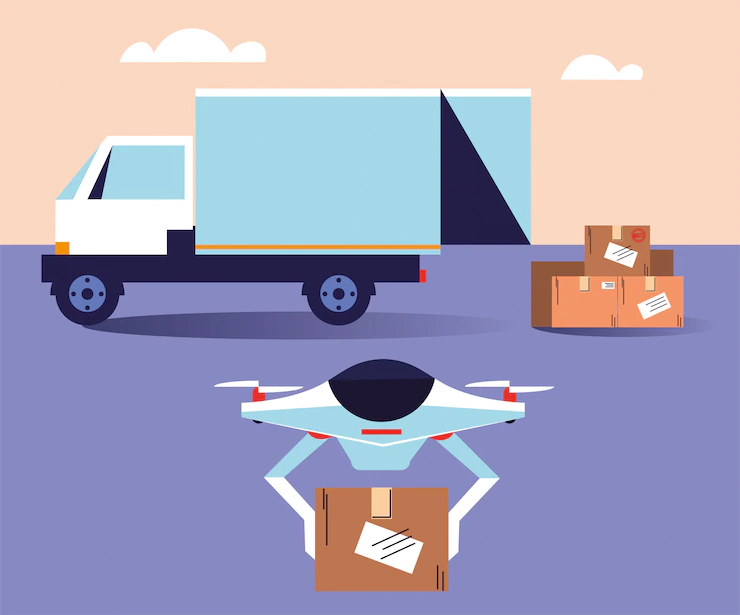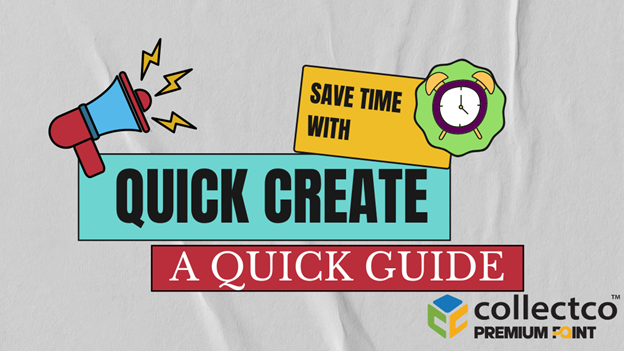What is Reverse Logistics & Its Benefits?
In recent years, reverse logistics has become a growing trend in supply chain management. Its main goal is to move goods from customers to sellers/manufacturers. That process needs to consider action from the customer, such as the exchange of goods and recycling.
Reverse logistics can be initiated at either the distribution or manufacturing stage of the supply chain, depending on how far up in the supply chain it needs to go. By employing reverse logistics, you are able to include processes for the end consumer to deal with the final disposal of a product. This includes recycling, refurbishing and resale.
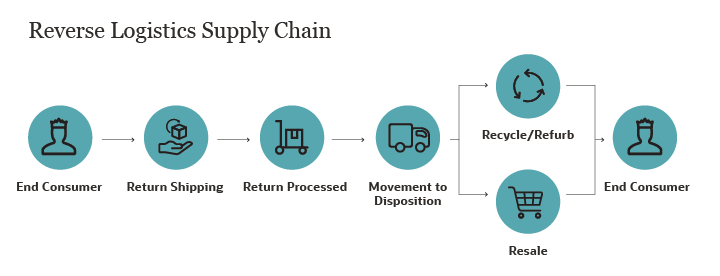
When Is Reverse Logistics Used?
Reverse logistics is a process that organizations use to return products from the end customer to the direct seller. One of the main reasons for this is increasing profit margins by reselling or disposing of the product. Worldwide, the cost of returns is almost a trillion dollars annually and has become more common as eCommerce continues to thrive.
The objectives of reverse logistics are to get something back out of items and to make sure people come back. Less than 10% of in-store purchases are returned, but that number jumps up when ordering online at least 30%. More companies are taking advantage of this strategies so they can build a better customer experience and have less financial risks related to returns.
5 Steps to Good Reverse Logistics
1. Process the Return
When the time comes to return a product, preparation starts by signalling your decision to the company and providing details such as requested return authorization and identifying the product’s condition. The process also involves arranging for products to be shipped back, approving refunds, and repackaging.
2. Deal with Returns
Inspect returned goods when they come to your location and decide the appropriate return category for them. (Note: If you have optimized reverse logistics, you should know where your product is going to be sent before it even arrives). Here are your options for how to dispose of this product: fix it, resell as new, resell as a return, recycle it, scrap or refurbish it.
3. Keep Returns Moving
Reduce your daily waste by sending repairable items to the repair department – this will save on resources and get those things we use day-to-day in much better shape making them last longer.
4. Repair
After reviewing the product and determining whether it can be repaired, move it to the Repair Area. If not, dispose of any sellable parts.
5. Recycle
Any parts or products that you can’t fix, reuse, or resell should be recycled.

Read also: Pos Mini, Pos Office near me
Benefits of Reverse Logistics
One of the lesser appreciated aspects of a successful supply chain is the reverse logistics process– but it can actually increase the total value of a company. Items that were once considered useless can now be given new life!
Some of these benefits are:
Reduced costs
With a planned-ahead return order and purchases, you can save on associated costs. They include administration, shipping, transportation and related technical support to your company.
Faster service
This refers to both the original shipping of goods and their return. Offering quick refunds or replacements will help restore a customer’s faith in your company.
Customer retention
You need to make dealing with customer complaints as important as making sales. If a customer has a bad experience with your product, you should do your best to fix it so they continue to buy from you. Not only can fulfillment blunders be avoided, they can also make for a great customer service opportunity. Make your customers happy and satisfied by using what happened to them as an educational opportunity.
Reduced losses and unplanned profits
You can recover investment losses by fixing the unit, scrapping it for parts, or repurposing it. With a feasible reverse logistics program in place, you can maximize your revenue. Implementing a strategy that recreates revenue from what would otherwise be used inventory will likely result in good ROI.
Reverse Logistics Service in CollectCo
In CollectCo, we do have service for reverse logistics. Below are 3 simple steps if you wish to offer convenient returns drop off service for your customers:
Step 1: Fill in your return information

Step 2: Print & Stick CollectCo label on the parcel
- Once you get the CollectCo Label in PDF, print and stick it securely on the parcel.
- You can now drop off your parcel at any CollectCo Points. Find your nearest CollectCo Point here.
- Note: CollectCo Points have the right to reject your parcel if your parcel does not meet the said requirements.
Step 3: Track your parcel online
You may track your parcels here.

With CollectCo, we can create a branded returns page for you so that your customers can generate return labels through your uniquely created page.
Contact us for more information today.
Read also: Send a Parcel
References
A Guide to Reverse Logistics (2022). Retrieved from https://www.netsuite.com/portal/resource/articles/inventory-management/reverse-logistics.shtml
Systems, N. (2022). The Importance of Reverse Logistics in Your Supply Chain. Retrieved from https://www.newcastlesys.com/blog/the-importance-of-reverse-logistics-in-your-supply-chain


